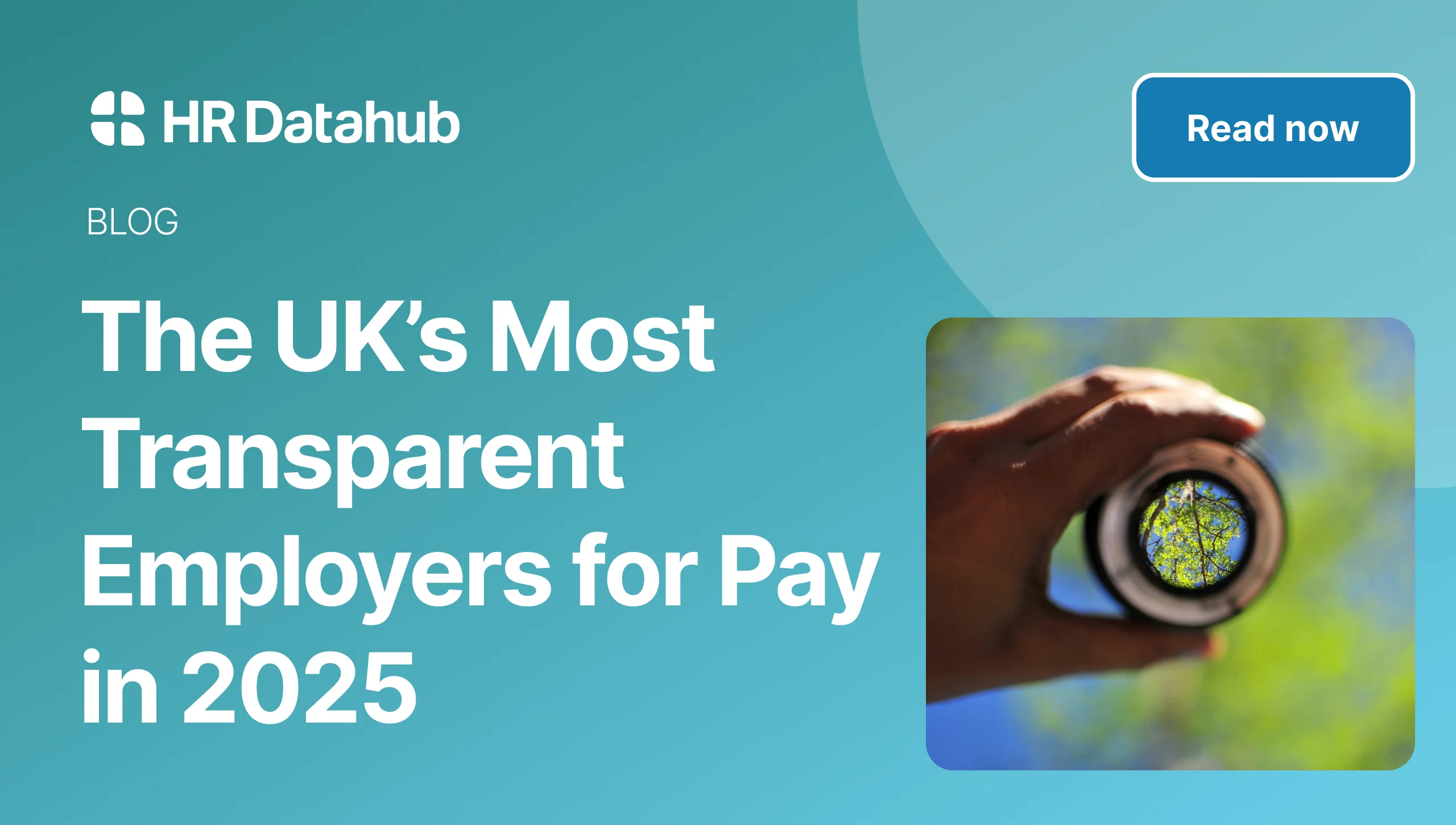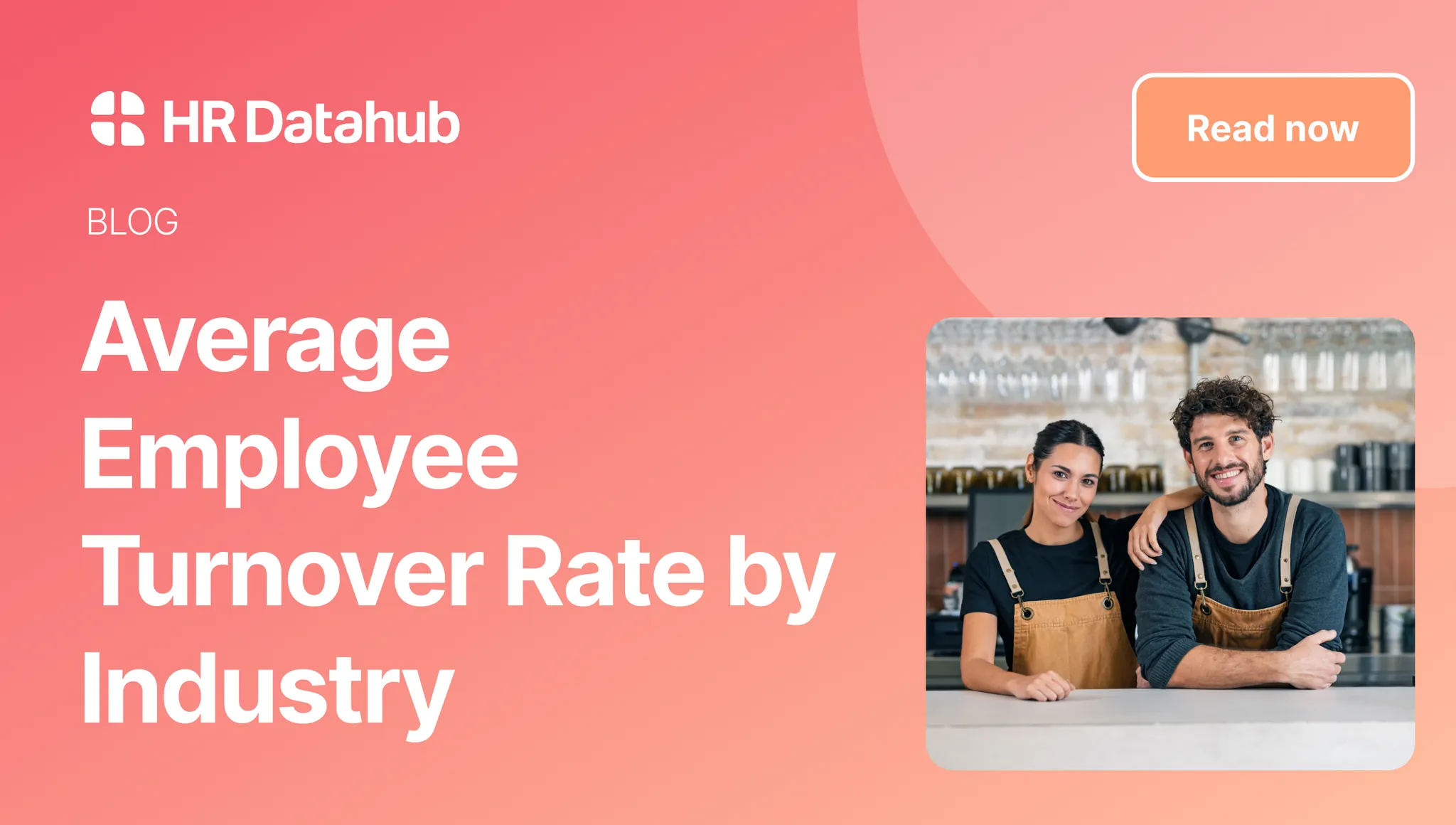

August 1, 2024
August 1, 2024
How Pay Transparency transformed our workplace culture and boosted trust at HR DataHub

Published by:
Alexa Grellet
,
COO & Co-Founder
,
HR DataHub

Reviewed by:
David Whitfield
,
CEO & Co-Founder
,
HR DataHub

5
MIN READ time

There’s no work without pay. Alongside safety, praise and opportunity, pay is a monetary reward given to employees in return for contributing their time, energy and talent.
When applying for a new job, pay is often the first subject of conversation that people broach with their prospective employer. But also, it’s typically the most complicated, most taboo, most uncomfortable and (at times) most confrontational.
For many businesses, salary information is only accessible on a ‘need to know’ basis. Most employees are kept in the dark about how much their colleagues earn or how their own salary is calculated.
But while some people take comfort in salary secrecy, keeping pay data under wraps can also perpetuate inequality and seed distrust across teams. Transparency can help to avoid dysfunctional employee relations and foster greater harmony in the workplace. Not only by levelling the playing field through a common understanding of the salary landscape, but also by giving individuals a clear insight into how their pay is decided.
For me, this goes to the root of why pay transparency is such an emotive issue. A salary is a numerical expression of how much an employee is valued by an employer. Most people want to understand the logic behind how their pay (and their colleagues’) is calculated. Without this explanation, pay transparency risks becoming merely an unsustainable, one-dimensional idea.
Transparency: Part of Our Cultural Reset
As Co-Founder and COO of HR DataHub, I find myself (like many other employers) grappling with pay issues on a daily basis. Today we employ a team of 18 amazing colleagues. Our success pivots on us hiring and keeping the very best talent, and of course no one would work here if they didn't get paid properly!
But two years ago, we took a big leap of faith.
What if everyone at HR DataHub knew what everyone else was earning?
A level playing field where everyone was ‘in the know’ about each other’s pay and no exceptions. No more second guessing. Full disclosure business wide.
How would that work?
The fact is, we decided to adopt a pay-transparent policy, even before we zeroed in on selling pay-related services. Back then, we were busy navigating the ups and downs of running a small start-up. We needed a strong and motivated team behind us to keep us on track. So, we took a step back, hit the reset button and set aside some quality time to solidify our mission and purpose, and define our strategic direction of travel.
It was so important to us that our people were fully engaged and with us all the way. That’s why we wanted to build a fairer, more inclusive people culture, one that drives equal opportunity and brings a sense of belonging for every person at HR DataHub, whatever their role or level.
Pay transparency was one thread of that redefined cultural vision, a tangible way of putting equality into action.
Full Visibility of Pay Calculations
Once implemented, everyone in the business had sight of everyone else’s salary. But, most importantly, our people also understood how earnings were calculated and justified based on visible market-researched data and other tangible criteria.
Instead of arbitrary salary setting, we use our own SaaS solution to benchmark pay for each job role based on market averages captured across thousands of data points in real time. We also apply other parameters to keep our salaries consistent with other companies of similar size, type, industry and location.
This gives our people confidence that our salaries are always compatible with the going market rates and keep pace with changes over time. Transparency without credibility is simply not an option and the HR DataHub platform gives real credence to the salary figures we set and share internally.
Data-driven Pay Conversations
Of course, as employers we still decide how much each salary should be. Transparency doesn’t compromise the power dynamic between payer and payee.
Armed with supporting data and knowledge of each colleague’s compensation, people can still question the rationale behind how their salary is determined. But, because our salary setting is data-driven and market-adjusted, it takes away the need for time-consuming pay bargaining.
Instead, transparency makes pay discussions more constructive, collaborative and informed. Employees can see the science and fathom the reasoning behind pay setting. They feel like they’re being treated as grown-ups and kept in the loop.
Transparency removes any pay-related paranoia like ‘is she earning more than me?’ or ‘could I earn more by working somewhere else?’. It gives people a greater sense of control through knowing more and guessing less. In the end, healthier conversations about pay go on to encourage healthier practices around pay.
Salary Rates on Every Job Advert
We also publish salaries on all HR DataHub job adverts.
From the very start of the application process, this gives applicants all the information they need to decide whether the level of compensation is right for them. It cuts out any ambiguity in the pay element of job descriptions and makes it less likely that more assertive candidates will try and push for a higher salary during the recruitment process.
Yes, transparency may deter some high-quality applicants with equally high salary expectations, but on balance it makes our recruitment much more efficient by only attracting people who decide the salary on offer is 100% fair and right for them.
It means we can focus conversations on how their experience, skills and personality map onto the role and less on meeting pay ambitions which may be skewed, unrealistic or sometimes just crazy! Interestingly, we’ve received very positive feedback during interviews from applicants who say they prefer to know exactly what salary the job offers upfront. It seems no one likes to rely on guesswork to work out how much the job pays!
Taking Time to Get it Right
Of course, maintaining fairness and transparency takes time and effort, especially as our company grows and the team multiplies.
At HR DataHub we follow a six-monthly review process and go to great lengths to calculate and update the most appropriate salary for each role.
Because we’re a pay benchmarking company we find our people are extra-vigilant when it comes to doing their salary research. That leaves us very little room for error when salary setting and puts the onus on us to get our results 100% correct the first time.
As well as market benchmarking, we score people on their level of skill or business understanding. We combine all this data to decide a salary range for each individual and then consider other factors such as previous history, personal development and promotion status.
It’s a lot of work and we do it twice a year for every job role. But all the thoroughness and data-science ensure the salaries we pay and openly share between colleagues are fair and fully justifiable.
More Harmony, Less Secrecy
Pay transparency is certainly worth it for us.
First, it commands massive respect from everyone at HR DataHub, and from candidates applying to work with us. They like the feeling of openness it instils, both externally and across the business. It sets a tone of mutual trust, which feeds into more harmonious relationships between colleagues.
No more stigma or secrecy surrounding pay. People at all levels of the business feel more confident and comfortable with having safer, more productive conversations about remuneration.
Second, it’s a concrete way of bringing to life important principles like openness and fairness in the everyday work environment.
By addressing a complex issue like pay transparency head-on and showing that we live and breathe our values, many see HR DataHub as set apart from typical employers. I’ve no doubt this makes us a more appealing option for some candidates and helps us become a really progressive place for our existing talent to grow their careers.
No Mean Feat for Employers & Employees
Looking back, our shift to pay transparency was no mean feat, even when the business was barely a handful of people. It took courage for our early employees to feel comfortable with ditching the habit of pay confidentiality and revealing their salaries.
As employers we took the plunge too, by risking the fallout from lowering traditional barriers and openly sharing data previously thought of as super-sensitive. Of course, as pay benchmarking experts, our move to open-book was put under extra-tight scrutiny.
On the other hand, having a great benchmarking tool and reliable data at our fingertips meant that we had the right data to justify our decision-making, tempering the potential for emotional kickback. But, in the end, it’s definitely been worth it.
Two years after we set transparency in motion, we’re still tweaking, fine-tuning and learning as we go. A transition to pay transparency isn’t to be taken lightly, and collectively we’ve made a big effort and commitment to get us this far. We always knew it would be a one-way street, so now we’ve started, there’s no turning back. But I’m pleased to say that today, pay transparency is truly embedded into our company culture and here to stay. Our people like it, and the benefits are clear.
Want to learn more about how you can implement Pay Transparency in your own organisation?
Check out our Pay Transparency Toolkit, where we explain what the EU Pay Transparency is and what it means for UK Businesses, as well as the tangible steps you can make to start your journey to becoming a more transparent business.
TABLE OF CONTENTS


.jpg)

